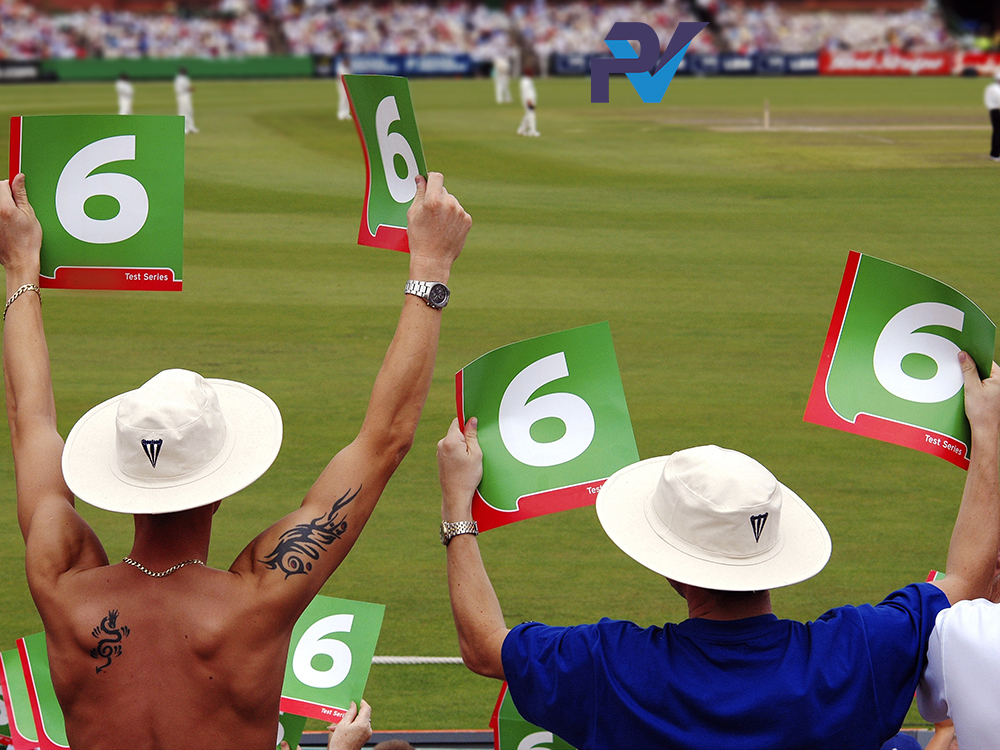Improve Your Batting Power on Zero Budget
 With the ability to hit fours and sixes becoming important part of our game, helping batsmen find ways generate power takes a higher priority during every coaching session.
With the ability to hit fours and sixes becoming important part of our game, helping batsmen find ways generate power takes a higher priority during every coaching session.
Some coaches and players may be lucky enough to have access to a range of methods and tools that help develop and track power development. Things like personalised strength and conditioning coaches, hitting weighted balls and measuring bat speed and ball exit speed with pocket radars. You may not be able to use these kind of tools.
So how can you develop power down at your local cricket club, school or academy on a zero budget?
Develop athleticism
Use imple exercises with your own body weight as a great starting point. Push ups, pulls ups, squats and lunges are simple and cost nothing.
Increase your shot specific power
While it may sound quite technical, trust me its not.
The principle of heavy weight and light weight movements have been around for years. It's a big part of our fast bowling programme at The Portsmouth Grammar School, using specially weighted balls, but the principle transfers directly across into batting.
Grab a heavier bat from around the changing rooms, and a lighter one. Even a junior bat will do.
Six maximal swings of the heavy bat, followed by 6 with the lighter bat and finally 6 with your normal bat will help. Do this a couple of times before you go into bat, and again after you finish and you've managed to sneak some power development work into your normal training routine.
Also, remember you can use the same principle for every shot in the book. I'd recommend doing this with a straight bat shot and a cross batted shot as a minimum.
And if you're ambitious in your stroke making why not throw in a reverse hit or sweep?
This series or shots will have you challenging the general motor patterns that make up most or your shots.
Create more weight transfer into the ball
for this one simply leave the comfort of the coaches orthodox position at the bowlers end and station yourself at point or square leg. As you watch the batter just note how effectively they're moving into the ball. They may be swinging hard, but are they actually shifting their body weight in the direction of the shot?
Remember developing movement isn't just about leaning into the ball. For many it's more about driving with their legs.
If your not sure which method suits your player, asked them to narrow their base slightly and stand a little taller, from which they may find they can suddenly lean into the ball with power. Alternatively, widen they base and drop them down into a slightly more squatted position. If they like to drive with their legs then hopefully this will get them moving into the ball.
You'll probably find one of the two methods has a notably better outcome when assessing their movement. Positive movement is another element that will translate into inches and yards when it comes to hitting distance.
Track your progress
Measuring the outcomes of a programme with cameras and sensors is fantastic and gives a great insight into the progression achieved.
If you don't have this equipment to hand there's a simpler way that still gives you an idea of improvement. Give give a batsmen a dozen medium pace throw downs out in the middle and see where they can land the ball in relation to the boundary (I'd try to track their three biggest hits). Then revisit the drill in six weeks time and see if there's any improvement. Just make sure you use a similar condition ball, and try to catch the ground on a day where the pitch is in a reasonable shape. An old ball on a soft pitch will never travel as far as a new one on a flat deck.
As will any part of training consistency is key. So if you are going to work on any of these ideas, do them regularly.
Dropping in a power drill or doing a few press ups now and then isn't going to bring a notable change. Work hard and work often!
If you have any other ideas on power development on a shoe string budget, then share them with us and we'll try them out in our own programmes.
Sam Lavery is cricket professional at Portsmouth Grammar School and one of the team that present the PitchVision Cricket Show.
- Login to post comments

